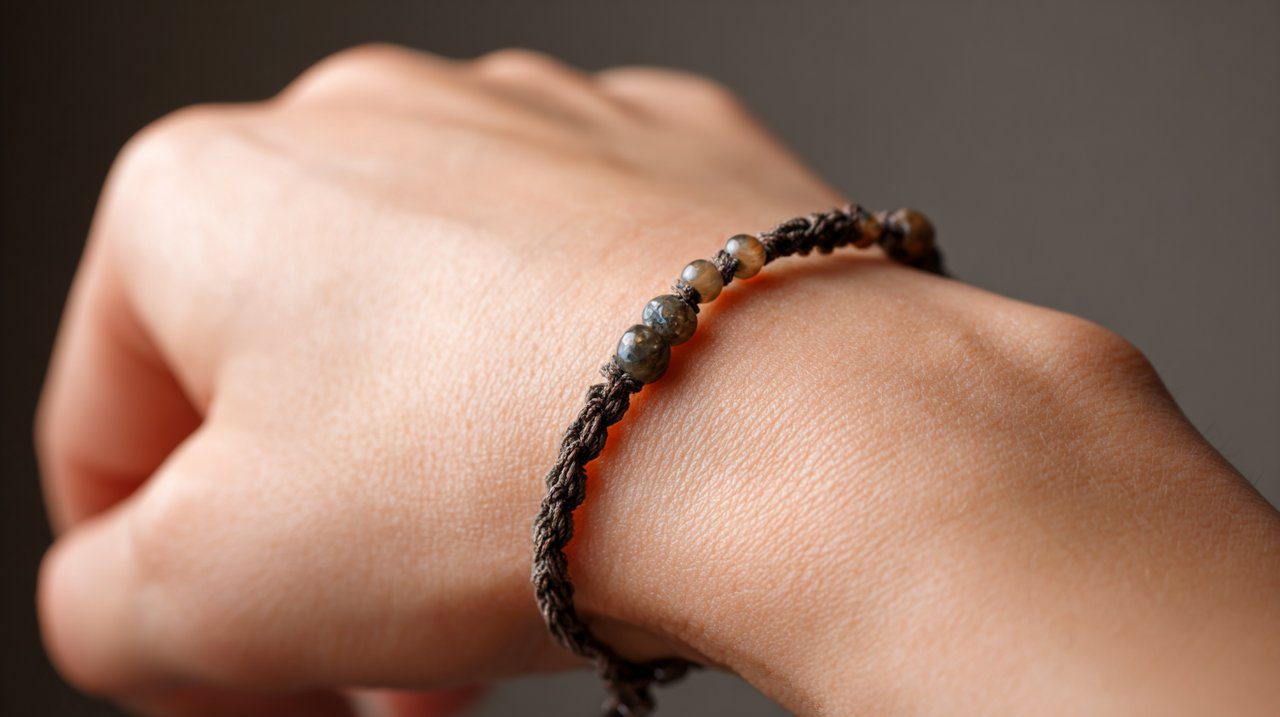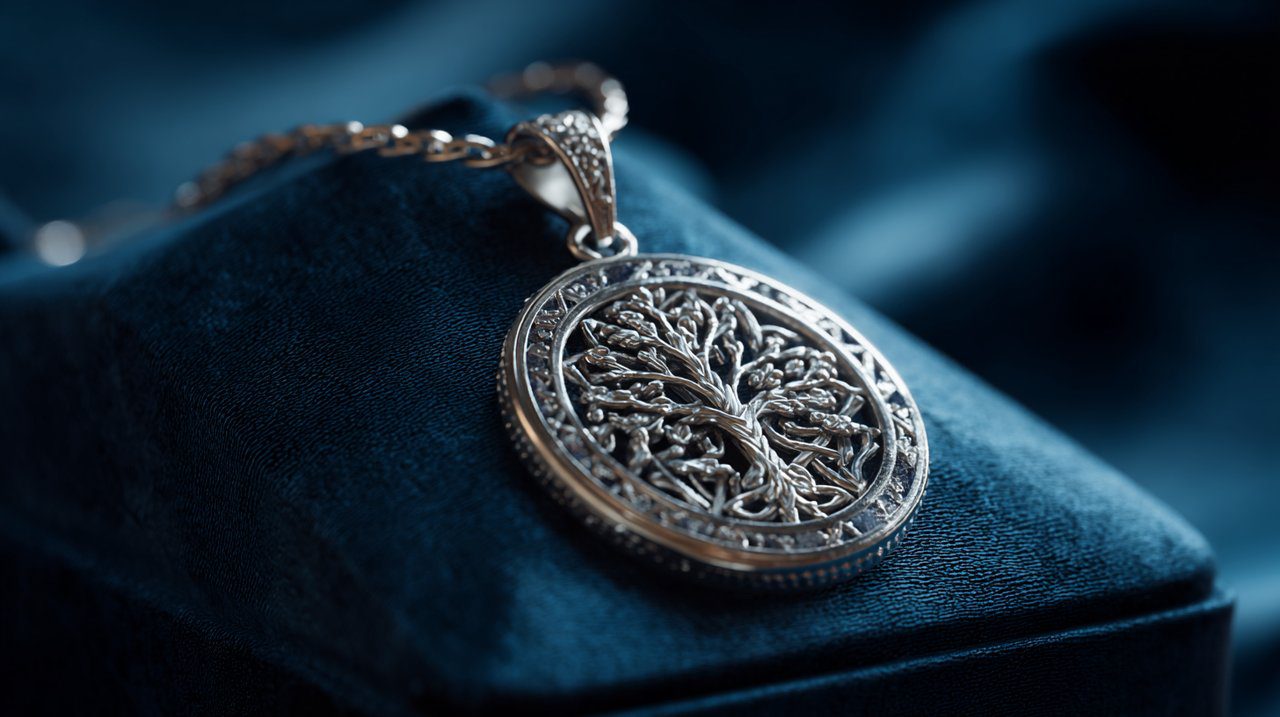Why Good Luck Bracelets Work: The Psychology of Embodied Cognition
Globally, we spend billions each year on talismans and charms, a clear sign of our enduring human quest for good fortune. While many might dismiss these objects as mere superstition, a closer look through a scientific lens reveals something far more intriguing. Specifically, “good luck” bracelets can act as powerful psychological tools, tapping into sophisticated mechanisms rooted in how our minds and bodies truly interact.
The Enduring Allure of Luck: Beyond Superstition
Our fascination with luck is truly universal, spanning across all cultures and historical eras. From ancient amulets to modern-day charms, this deep-seated desire to influence our fate remains a powerful motivator for human behavior.
A Cross-Cultural Phenomenon: Universal Beliefs in Fortune
The belief in luck is a nearly universal human characteristic, appearing in countless forms across civilizations. Think of the four-leaf clover in Western traditions, Japan’s waving Maneki-neko cat, or the Hamsa hand from the Middle East. Each of these illustrates how societies consistently create objects and imbue them with the power to bring good fortune. Ultimately, these items become tangible symbols of our deepest hopes and fears.

The Placebo Paradox: Mind’s Influence on Perceived Reality
To understand the power of belief, we can first look at the well-known placebo effect. When an inert substance is given as medicine, the mere expectation of healing can genuinely trigger physiological responses in the body. However, a good luck bracelet often goes beyond this somewhat passive expectation, actively engaging the wearer in a more profound, embodied psychological process.
While a placebo might leverage a general expectation of healing, a good luck charm—especially when viewed through the lens of embodied cognition—actively integrates a physical object into a self-reinforcing loop. This loop connects belief, intention, and action, ultimately shaping not just our perception but also our tangible behavioral outcomes.
Embodied Cognition: The Science Behind the Bracelet’s ‘Magic’
So, where does the real power of a good luck bracelet come from? It’s deeply rooted in embodied cognition, a fascinating field that explores the profound connections between our physical states and our mental processes. This is where the science truly begins to unravel the ‘magic’, revealing a power that extends far beyond mere superstition Beyond Superstition: The Real Power of Good Luck Bracelets.
Bridging Mind and Body: How Physical Cues Shape Thought
Embodied cognition suggests that our thoughts, emotions, and decisions are intricately linked with our bodily experiences and how we physically interact with the world. Consider this: simply holding a warm cup can unconsciously make us perceive others as ‘warmer’ or more trustworthy. In the same way, the physical presence of a bracelet isn’t neutral; it actively participates in shaping our entire cognitive landscape.
The Bracelet as an Anchor: Priming and Self-Efficacy
A good luck bracelet serves as a potent physical anchor for abstract psychological states. It has the power to “prime” specific thoughts and feelings within us. When you glance at or even just touch your bracelet, it can unconsciously activate concepts like luck, confidence, or success. This constant, subtle priming significantly enhances your self-efficacy, which is your belief in your own capability to achieve goals, no matter the external circumstances.

From Symbol to Action: The Psychological Pathways of a ‘Lucky Charm’
The psychological impact of a good luck bracelet isn’t just about belief; it actively influences our concrete cognitive and behavioral patterns. Let’s explore how this symbol translates into action.
Reducing Anxiety, Enhancing Focus: The Cognitive Benefits
In high-stakes situations, a lucky charm can function as a psychological comfort object. The simple act of touching it offers a moment of grounding, which can effectively reduce anxiety and help the wearer regain focus. This reduction in cognitive load frees up vital mental resources, often leading to noticeably improved performance.
The Self-Fulfilling Prophecy: Expectation and Performance
The belief we invest in a good luck bracelet can actually trigger a powerful self-fulfilling prophecy. When individuals genuinely believe they are ‘lucky’ or destined for success, they typically approach tasks with greater confidence, persistence, and a more positive outlook. This amplified effort and resilience directly contribute to enhanced performance and ultimately, more favorable outcomes.
Ritual and Reinforcement: Building a Positive Feedback Loop
The simple act of wearing the bracelet, or engaging in a personal ritual connected to it, establishes a continuous feedback loop. Each perceived ‘lucky’ event or successful outcome then reinforces the bracelet’s symbolic power. This ritualistic engagement solidifies the psychological connection, making the bracelet an increasingly effective tool for positive self-conditioning.

The Architect of Your Own Fortune: Harnessing Embodied Belief
Understanding the profound psychological foundations of good luck bracelets shifts our perspective entirely. It moves us from passively waiting for fortune to actively and intentionally engaging with our personal symbols. You become the architect of your own fortune.
Conscious Engagement: Beyond Passive Wearing
The true potency of these objects isn’t found in their material composition itself. Instead, it lies entirely in the meaning and intention the wearer actively imbues them with. This creates an active, conscious partnership between you and your chosen symbol. Simply wearing a bracelet without internalizing its deeper meaning offers only limited psychological benefit.
Cultivating Your Personal Symbols of Strength
Recognizing the power of embodied cognition empowers each of us to become the architects of our own psychological fortune. Whether it’s through a bracelet, a specific piece of clothing, or even a unique personal ritual, the deliberate cultivation of these symbols of strength can be a powerful, self-directed tool for enhancing both your mindset and your performance.
So, as we’ve explored, good luck bracelets are far from supernatural conduits of fortune. Instead, they are sophisticated psychological tools that brilliantly leverage embodied cognition, priming, and self-efficacy to influence our perceptions, guide our behaviors, and ultimately, shape our realities. By truly understanding these mechanisms, we move beyond mere superstition. We can then appreciate the profound, intrinsic power of the human mind to shape its own destiny, encouraging us to consciously harness these principles to strengthen our personal beliefs and actions.
💡 Frequently Asked Questions
The article explains that "good luck" bracelets function as powerful psychological tools that leverage embodied cognition, influencing how our minds and bodies interact.
Embodied cognition is the idea that our thoughts, emotions, and decisions are intricately linked with our bodily experiences. A good luck bracelet acts as a physical anchor, priming specific thoughts and feelings like confidence or success, and actively shaping our cognitive landscape.
Psychologically, these bracelets can reduce anxiety, enhance focus, boost self-efficacy (belief in one's capability), trigger a self-fulfilling prophecy by promoting a positive outlook, and create a positive feedback loop through ritual and reinforcement.
No, the article argues that while they appear superstitious, their effectiveness is rooted in scientific psychological mechanisms such as embodied cognition, priming, and self-efficacy, moving beyond mere passive belief.
To maximize their potency, the wearer must engage with the bracelet consciously, actively imbuing it with personal meaning and intention, rather than just passively wearing it.







